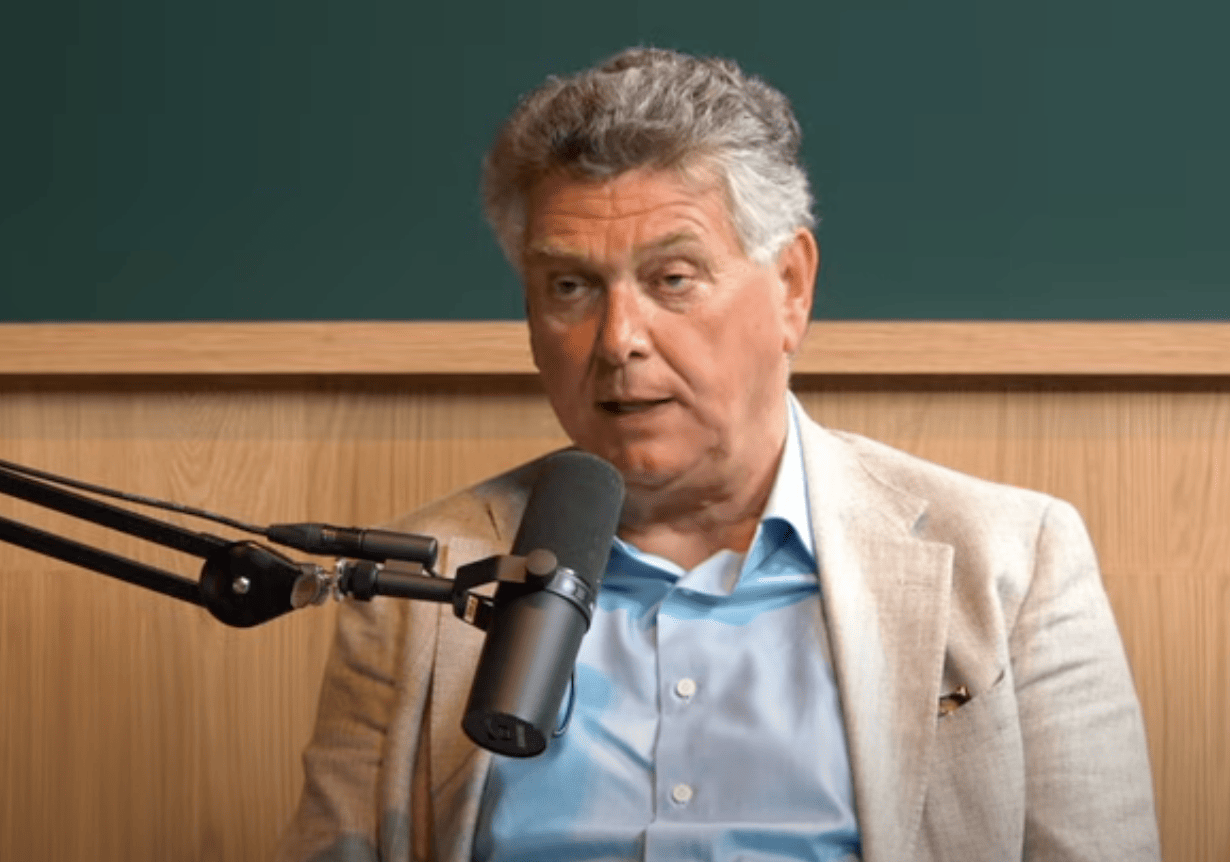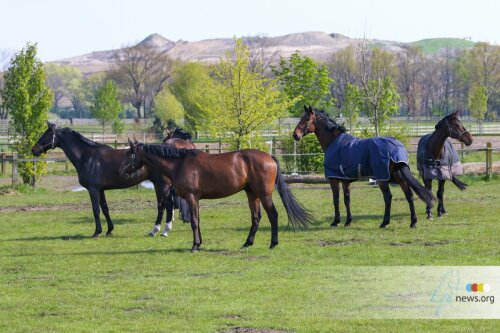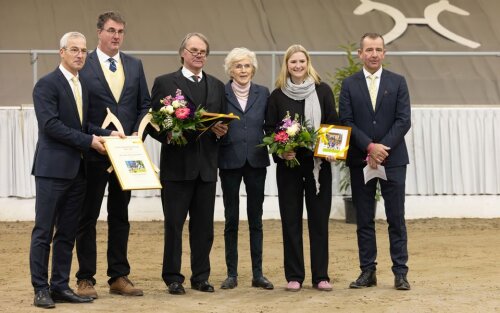As one of the most respected names in the international horse trade, Paul Hendrix has built his reputation not just as a sharp-eyed dealer, but as a breeder with deep knowledge of bloodlines. His unique position allows him to anticipate what different markets want — especially the competitive American showjumping scene. His strength lies in knowing both sides of the coin: he breeds horses with market needs in mind and trades with a breeder’s eye for quality and potential. That rare combination means he understands exactly what makes a true “American horse” — and why not every promising pedigree leads to success.
“I developed an interest in breeding quite early,” says Paul Hendrix. “I’ve always enjoyed studying damlines. Even today, before I finalize the purchase of a horse, I want to see the pedigree — mostly because I already have background knowledge of many of these lines. I often know what’s behind them and can get an idea of the qualities they bring.”
“At some point, I had what I thought was a brilliant idea — to buy back some of the mares I had previously sold to the U.S. These mares had all jumped at a high level and came from excellent families,” he continues. “That’s how I approached Laura Kraut to bring Liberty back. But I must admit, it didn’t lead to the results I had hoped for.”
“These mares came from strong maternal lines and had had successful careers. But I’ve come to believe they had already given too much in life.”
“Liberty is the best example. She came from a very good damline that had produced several top horses. I bred her to multiple top stallions — good and popular names — but nothing promising came out of it. Still, that same damline has given very good horses. I actually once spoke to Laura Kraut about it. And she told me, ‘I knew she wouldn’t be a good broodmare — I just had that feeling!’ That really struck me,” Paul laughs. “It proves once again that Laura has a real connection with horses and an intuitive ability to read them. I found that quite fascinating! But to the point: the damline was strong, but with Liberty, it didn’t work out. A good pedigree matters — but it doesn’t automatically mean you’ll get top offspring.”
Younger Mares Produce Better Sport Horses
Reflecting further, Hendrix shares what he believes is one of the keys to breeding success: “In my experience, it’s often the younger mares — often, though not always, with a good pedigree — that end up producing the future sport horses. Why exactly that is, I don’t know. It’s just what I’ve seen over the years.”
“Jan Greve — Willem Greve’s father — once told me, ‘Listen Paul, those mares have already given so much — they’re done.’ Whether that’s true for every mare, I can’t say. But I do believe embryo transfer can be a useful tool to spare the mare from carrying the foal herself.”
Not Every Horse Has to Be a Superstar
So what defines a top horse? Hendrix says his first selection starts already at the yearling stage. “You have to develop a way of selecting. Not every horse has to be a superstar. My most important criterion is balance. I want a horse that can carry itself,” he explains.
“A horse with basic balance will be able to shift gears. But nothing is guaranteed. I’ve had horses I rejected that turned out to be very good, and others I believed in that didn’t work out. That’s part of the beauty of this industry.”
“What is important is having a system in place — something that helps you make consistent decisions and, as an equestrian entrepreneur, also brings financial return. I recently had a discussion with Paul Schockemöhle. He believes you shouldn’t select until the horses are three years old — that you can’t properly assess them as yearlings. I don’t share that opinion.”
“For me, a better horse is easier to select. The real difficulty lies in the middle segment — the average horses.”
Today’s Challenge: Staying Passionate
According to Hendrix, these are challenging times. “I have one advantage: I know what my clients in America are looking for, so I can focus my breeding toward that goal — and I can align my passion with it. But there’s definitely a challenge now for passionate breeders and horse owners. It has become incredibly expensive to invest in showjumping.”
“If I compare what I used to pay to have my horses ridden versus now — the cost has practically doubled.”
“And if you compare it to the Thoroughbred market, there’s a faster return on investment there. Horses enter the sport much earlier,” he explains. “But in showjumping, the journey is long. You really have to be a true enthusiast to keep a horse long enough — because you often don’t know what you have until the horse is around nine years old. Some, of course, show promise earlier — but not all.”



